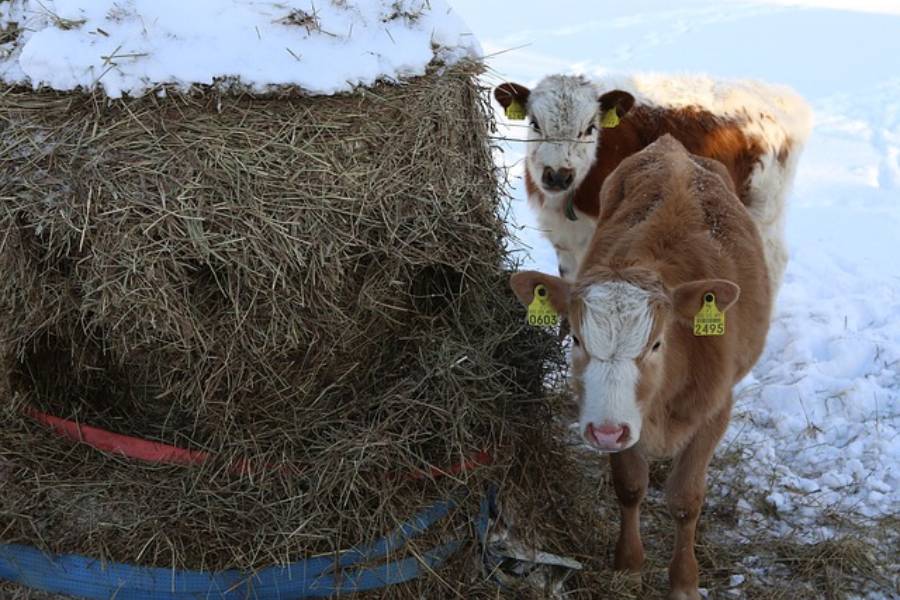7 rules for keeping cows in winter

One of the challenges of managing a dairy farm in European and former CIS countries is winter. The cold season can last up to 8 months a year, and temperatures can drop to extremely low levels, but with the right approach, the dairy farm will work as efficiently as in summer. The manager must take into account the following features of keeping animals and caring for them in winter:
1. Temperature regime of keeping animals. Despite the outside temperature, the inside of the barn must be kept at the optimum temperature for the cows. If the doors are not closed tightly enough, and there are cracks in the walls and a draft is created, the animals freeze and milk production falls. It is especially important to keep the milking parlor warm, which is why the milking parlor is heated on many farms.
2. Underlay that insulates the cold floor. Lying on a cold floor can cause colds or mastitis, so the hay bedding should be sufficient and constantly renewed.
3. Fresh air. Although it is necessary to maintain the temperature and avoid drafts, the area where cows are kept should be regularly ventilated with ventilation. In an unventilated barn, pathogenic microorganisms are perfectly distributed, which provoke various diseases, and therefore, reduce milk yield.
4. Regular walking. If cows are kept only in a stall on a tethered housing, the muscles weaken, and the animals themselves become apathetic, lose their appetite and sexual interest. In addition, from a lack of activity and sunlight in animals, bones can soften, which subsequently leads to injuries of the limbs in adults, and to rickets in calves.
5. Clean warm water. In winter, due to the housing, the cows need more water. An important feature is that the water must be heated to the air temperature in the barn. According to our research, the best water temperature in drinking bowls, which ensures maximum milk yield in winter, is 15 degrees.
6. Balanced diet. Lack of activity, fresh air, sunlight and vitamins must be replenished with a balanced diet.
7. Timely hoof trimming. Due to the low activity, animals wear out their hooves more slowly, which means they need to be trimmed more often than in the summer. If you do not clean the hooves in a timely manner, problems with the limbs, lameness, pain and stress of the animal can occur, which end in a decrease in milk yield.
The manager can quickly track temperature, humidity, water and feed consumption, as well as veterinary procedures using the Dairy Production Analytics service. The capabilities of the service allow you to establish a relationship between changes in the listed indicators and the level of milk yield, and, as a result, make decisions that will improve the conditions for keeping cows and increase milk yield.
Still have questions?
Contact us and find out more
